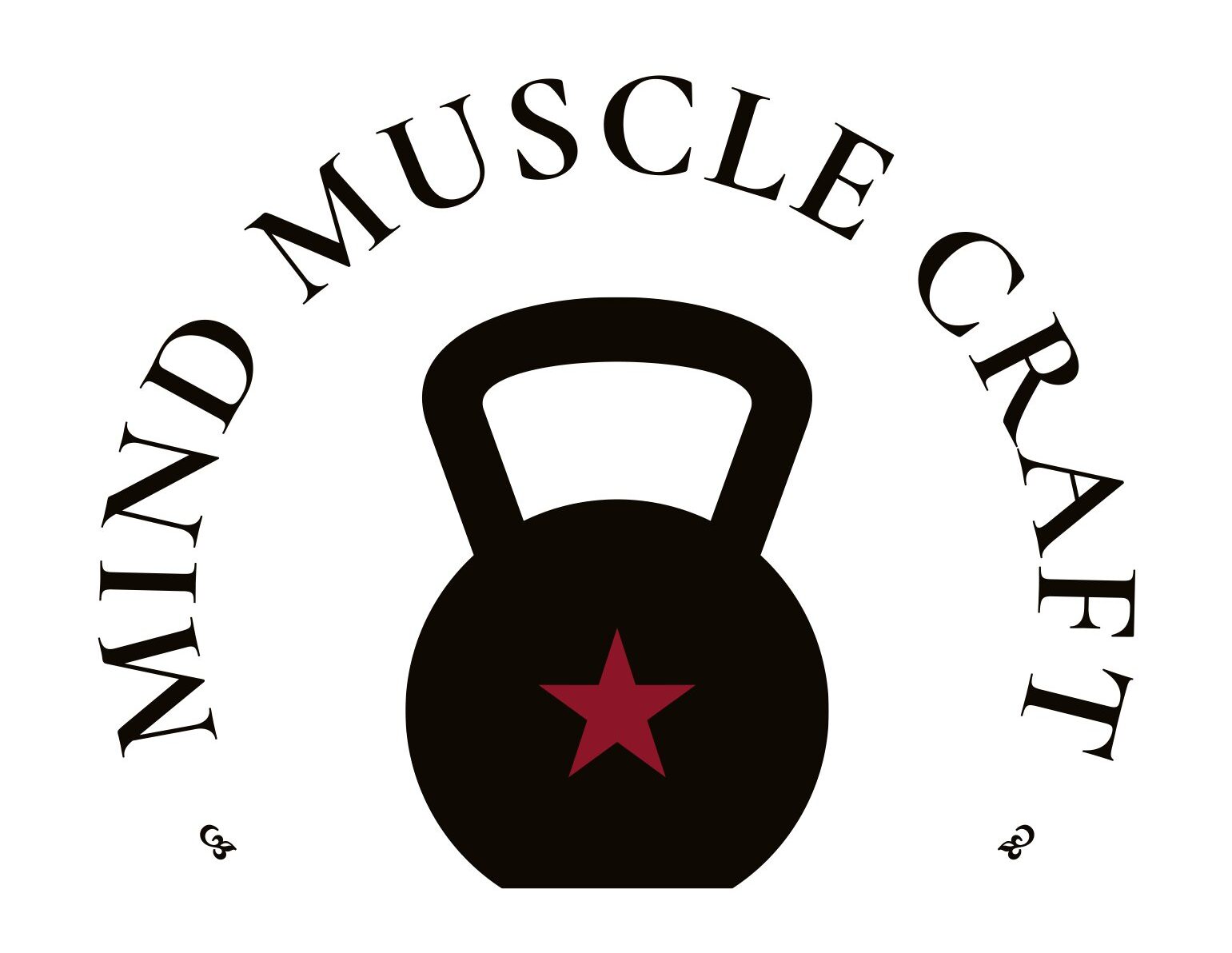Understanding the Dynamics of Stretching and Mobility for Optimal Fitness
Introduction:
Stretching and mobility are integral components of any comprehensive fitness routine. Both play vital roles in enhancing flexibility, improving joint health, and supporting overall functional movement. As a certified personal trainer, it’s essential to guide clients toward a balanced approach that incorporates both static stretching and dynamic mobility exercises tailored to individual needs.
Stretching:
Stretching involves the intentional lengthening or elongation of muscles and soft tissues in the body, with a primary focus on increasing flexibility. This process allows muscle fibers and connective tissues to reach their full extension. Two common types of stretching are static and dynamic:
- Static Stretching: This technique entails holding a stretch for a prolonged period without movement, typically lasting between 15 to 60 seconds.
- Dynamic Stretching: Characterized by controlled and smooth movements through a full range of motion, dynamic stretching is often used as part of a warm-up routine.
While static stretching can lead to a temporary increase in muscle length (known as “static flexibility” or “passive flexibility”), it is recommended to incorporate regular stretching into a fitness routine over time for longer-lasting changes.

Mobility:
Mobility refers to the ability of joints to move through a full, pain-free range of motion, encompassing both flexibility and active control. Key points about mobility include:
- Range of Motion (ROM): Involves the entire range of motion of a joint or multiple joints, including flexion, extension, abduction, adduction, and rotation.
- Joint Health: Good mobility contributes to joint health by ensuring free and unrestricted movement, preventing stiffness and discomfort.
- Muscle Control: Mobility requires not only passive flexibility but also the active control of movements through the full range, demanding strength, coordination, and neuromuscular control.
- Functional Movement: Crucial for daily activities, sports, and exercises, mobility enables efficient and safe movement.
- Balance with Stability: While mobility focuses on movement, it should be balanced with stability to prevent injuries, particularly in joints requiring a delicate equilibrium.
- Individual Variability: Mobility varies among individuals based on factors such as genetics, age, lifestyle, and previous injuries. Assessing and addressing individual needs is essential when working on mobility.
Mobility Over Stretch:
In the realm of fitness, there’s a growing emphasis on mobility, especially in the context of strength training and sports performance. Here’s why mobility work is often favored:
- Dynamic Range of Motion: Mobility exercises involve dynamic movements, taking joints and muscles through a full range. This dynamic approach is more applicable to sports and strength training exercises.
- Active Control: Mobility exercises not only enhance flexibility but also improve active control and stability within the range of motion, crucial for maintaining proper form and preventing injuries.
- Functional Movement Patterns: Mobility work focuses on functional movement patterns mirroring real-life activities and sports-specific motions, contributing to better performance.
- Joint Health: Controlled, dynamic movements in mobility exercises promote joint health, reducing the risk of injury and improving overall joint function.
- Warm-Up Component: Many mobility exercises also serve as effective warm-up activities, preparing the body for more intense strength training sessions.
While static stretching has its place, especially for addressing specific muscle tightness and improving passive flexibility, a balanced approach that combines both static stretching and dynamic mobility exercises is recommended. As a certified personal trainer, this approach ensures a comprehensive solution to improve flexibility, joint health, and functional movement, tailored to the specific needs and goals of each individual client.


Recent Comments